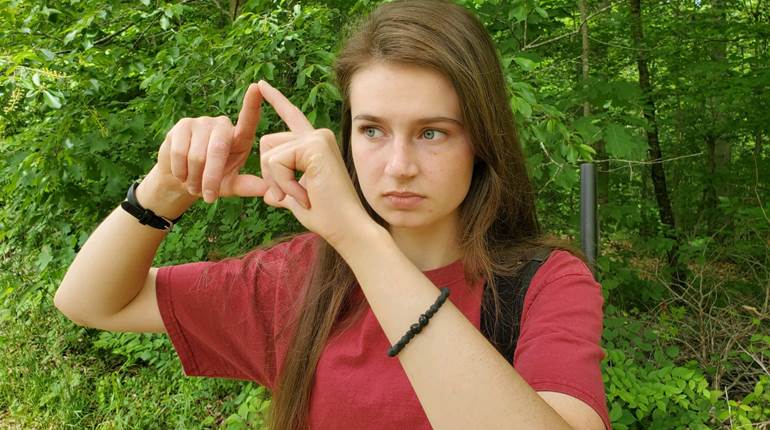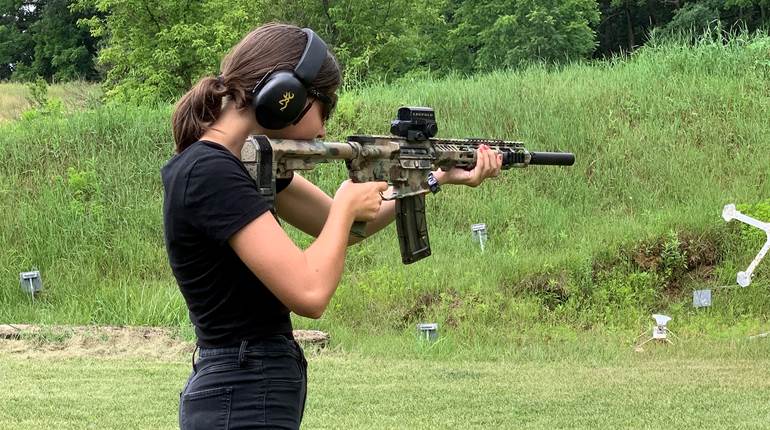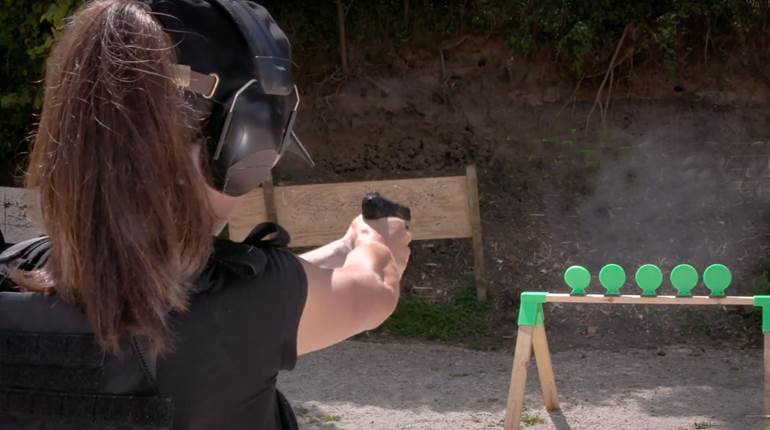
Got sunscreen?
Responsible firearm enthusiasts focus on safety 24/7, 365-days a year. Yet, there’s one thing that goes ignored altogether too often—minimizing exposure to the sun’s potentially deadly ultraviolet rays while at the bench or shooting a match.
No, violations of what should be a primary safety rule for anyone outdoors aren’t as obvious as a muzzle pointing in the wrong direction, but the long-term consequences can be disastrous. The Skin Cancer Foundation estimates 5.4 million cases of nonmelanoma skin cancer are treated every year and 20 percent of Americans will develop it in their lifetime. Once an hour someone dies of melanoma.
National Safety Month is a great time to consider tossing a tube of sunscreen in your range bag. If nothing else, it’ll minimize the chances of winning a California Raisins-lookalike contest.
Too many of my good friends, who also spent years as part of Search and Rescue in Arizona, have succumbed to the disease. We had sunscreen available, but it was messy, smelly, annoying and nothing like today’s high-power products that are water- and sweat-proof.
And before you claim it’s just too greasy to dole on when working a trigger, I’ve covered shooting competitions for a long time and every professional shooter I’ve had the privilege of interviewing uses sunscreen liberally. I’ve never heard one of them blame it for a bad stage.
Bear in mind, though, SPF 15 and lower doesn’t cut it for prolonged outdoor activities, according to the Skin Cancer Foundation. “…[If] you work outside or spend a lot of time outdoors, you need stronger, water-resistant, beachwear-type sunscreen that holds together on your skin,” its website explains. The organization recommends everyone apply some version in the morning, even if they aren’t going outside—which, of course, means even covered shooting benches don’t provide sufficient protection.






































